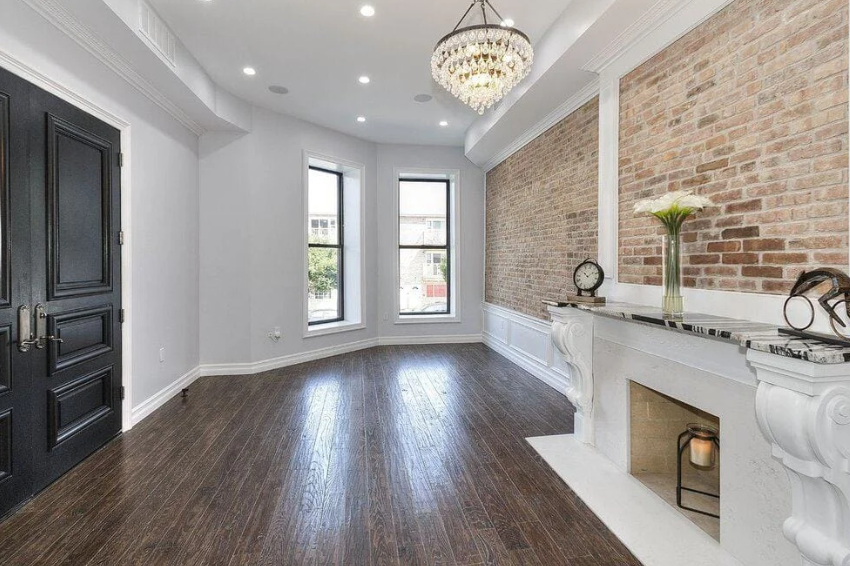Are you considering making the switch to solar power? Great choice! Solar energy is clean, renewable, and saves you money in the long run. But many homeowners still wonder: What really happens during solar panel installation? In this easy-to-follow guide, we break down the entire process so you can make an informed and confident transition to solar power.
What is solar panel installation?
Solar panel installation is the process of placing solar panels and associated components (like inverters and wiring) on your home to generate electricity from sunlight. It involves everything from site assessment and planning to mounting, wiring, and activating the system so you can enjoy clean, efficient energy.
You don’t need to be an engineer to grasp it—simply follow the steps outlined below.
Step-by-Step Solar Panel Installation Process
1. Site Assessment & Accurate System Sizing
Before any panel goes up, professionals assess your roof:
- Roof direction and tilt
- Shadow-free area
- Local weather conditions
- Electricity usage history
Using this data, they perform an accurate assessment to recommend the ideal system size and type (on-grid, off-grid, or hybrid).
Want to know how sunlight becomes electricity?
2. System Design & Component Selection
Experts customize your solar solution based on your electricity needs and site conditions. They’ll choose:
- Type of solar panel (monocrystalline or polycrystalline)
- Solar inverter
- Mounting structure
- Wiring, switches, and safety devices
We tailor everything to help you maximize the amount of electricity you generate from your available space.
3. Permit and Approval Handling
Your installer applies for necessary local permits and net metering approvals. Under MNRE schemes, they collaborate with state nodal agencies and DISCOMs.
You don’t need to exert any effort!
4. Solar Panel Mounting
This step involves
- Installing the mounting structure on the roof
- Ensuring correct angle and orientation
- Fixing the solar panels securely to the mount
This setup determines how much sunlight your panels will absorb throughout the day.
5. Wiring the Panels
Solar technicians handle
- DC wiring of solar PV modules using MC4 connectors
- Connecting modules in series or parallel based on design
- Integrating safety disconnects and circuit breakers
6. Inverter Installation
The inverter converts DC electricity from panels into AC power used at home.
- Connect panels to inverter
- Connect inverter to your home’s power supply
- Connect backup battery (if any)
7. Grid Connection & Net Metering
For on-grid or hybrid systems:
- A bi-directional meter is installed
- The system is synced with the utility grid
- Excess energy goes to the grid and you earn credits
Are you curious about the pricing and returns of a system?
8. Testing, Commissioning & Handover
The final phase includes
- Testing voltage and current output
- Ensuring correct grid sync
- Handover and basic system training
Now, you’re officially a solar-powered home!
Benefits of Installing a Solar Energy System at Home
- 🌍 Lower Electricity Bills: Reduce up to 90% of your monthly power bill.
- ♻️ Eco-Friendly: Solar energy emits zero pollution.
- ⚡ Energy Independence: Protects against grid failures.
- 📈 Boost Property Value: Homes with solar panels are in high demand.
- ✅ Government Subsidy: Up to 40% for residential users under PM Surya Ghar Yojana.
Choosing Solar: Key Considerations
- Roof Condition: Ensure your roof can support a solar rooftop system.
- Shadow-Free Area: Avoid trees and high-rise buildings blocking sunlight.
- System Type: Choose between on-grid, off-grid, or hybrid systems.
- Future Needs: Plan your system to accommodate future appliances like EVs or ACs.
Need solar panels for your factory or business?
People Also Ask (PAA)
What is the cost of solar panel installation?
Costs vary based on system size, component quality, and location. Government subsidies significantly reduce the final amount.
Is 3 kW enough to run a house?
Indeed, this applies to a small- to medium-sized home equipped with basic appliances. Larger homes may require 5 kW or more.
Can I run 2 ACs on a 5 kW solar system?
Yes, depending on your usage pattern and total power consumption.
How many solar panels will power a house?
It depends on your electricity usage. On average, 8–20 panels (3–10 kW system) are enough for most homes.
Final Thoughts
Installing a solar power system at home is not just a smart financial decision but a bold step toward sustainability. With a step-by-step solar panel installation process and expert support, it’s easier than ever to transition to solar.
So go ahead—harness the sun, cut down your electricity bill, and become part of India’s green energy movement today!
Read our latest blog: solar companies chandigarh



